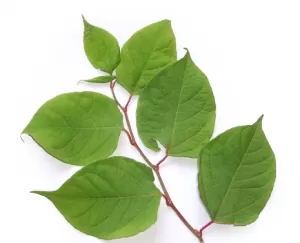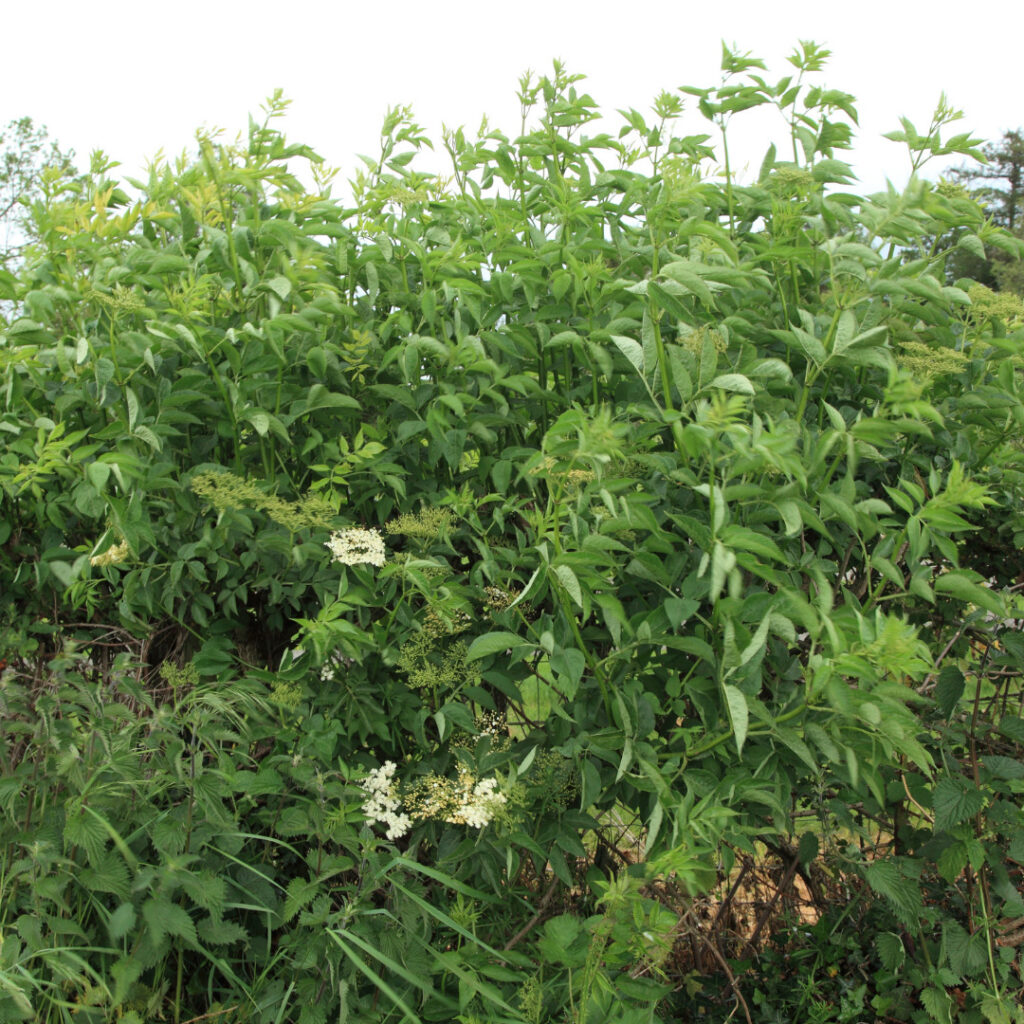Japanese knotweed is a fast-growing, invasive weed. It can be attractive to the eye, especially to insects. Japanese knotweed can remain dormant for over twenty years. However, once it begins to grow, it can spread at a length of 1.2 metres per month. It develops a series of underground roots and shoots, referred to as rhizomes. These rhizomes can grow out for several metres from the original stand. Japanese knotweed is identifiable by its hollow, purple stems and heart-shaped leaves. If you need more information on this, we have a page dedicated to helping our clients to identify Japanese knotweed.

Originating from Far East Asia, it was taken from its original habitat growing on the side of volcanoes by the Victorians and brought back to the UK for ornamental purposes. As a non-native plant, Japanese knotweed has no natural enemies in the UK. Therefore, it has become out of control. Native Japanese insects have safely been released into the UK in recent years to try and control the outbreaks. However, these insects can only keep a small proportion of the Knotweed at bay. Japanese knotweed is now so prolific in the UK, that Defra estimates that a national eradication programme would cost £1.56 billion.
As mentioned, Japanese knotweed is incredibly invasive. It can break through drains, stone paving, tarmac, concrete foundations, boundary and retaining walls. For these reasons, it can cause issues when looking to buy, sell or re-mortgage your house. It is hard to control without professional help and DIY Japanese knotweed removal is not recommended
Unlike most plants, Japanese knotweed does not spread through normal germination methods. Instead, it is spread by:
There are many laws surrounding Japanese knotweed. For example, did you know that by ripping out a Japanese knotweed stem and disposing of it in your garden waste bin, you are opening yourself up to fines and even a prison sentence? This is because there are strict laws prohibiting anyone to plant or otherwise cause to Japanese knotweed to grow in the wild. Read more about Japanese knotweed and the law.

